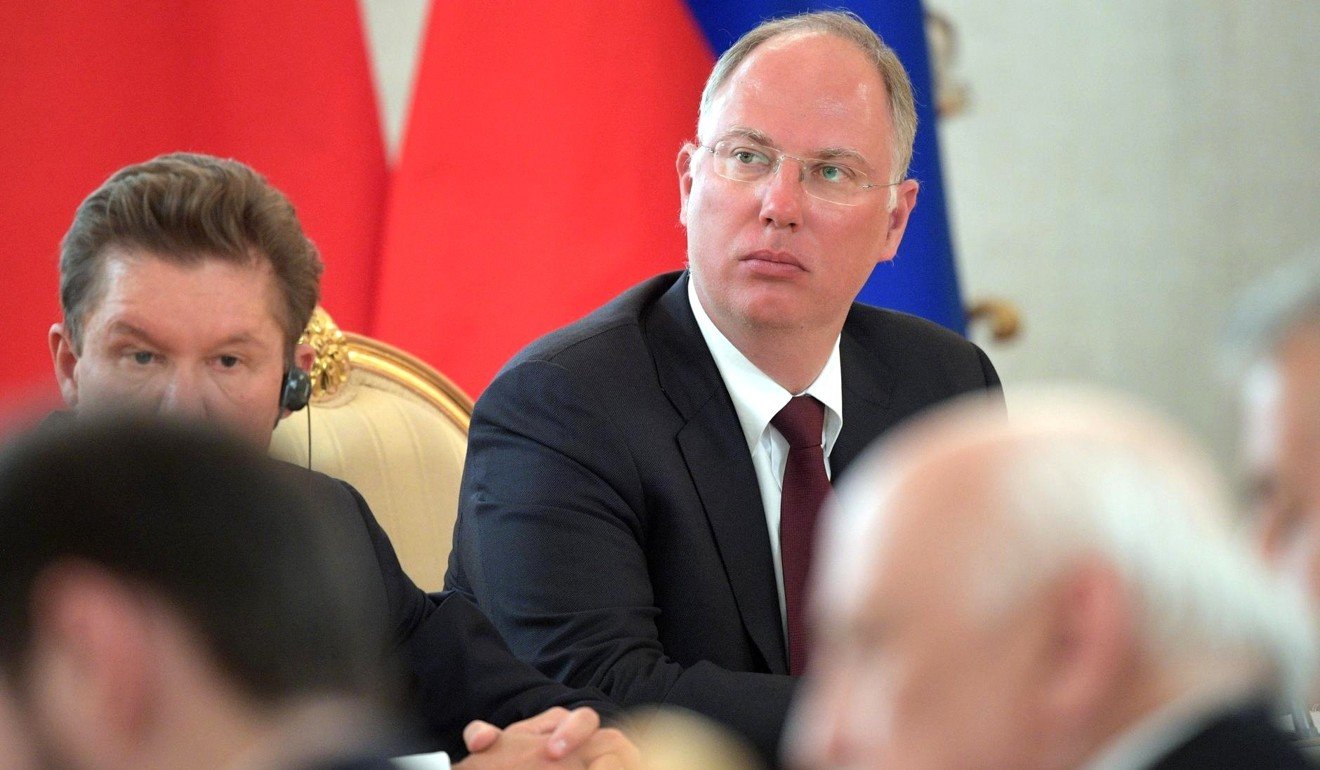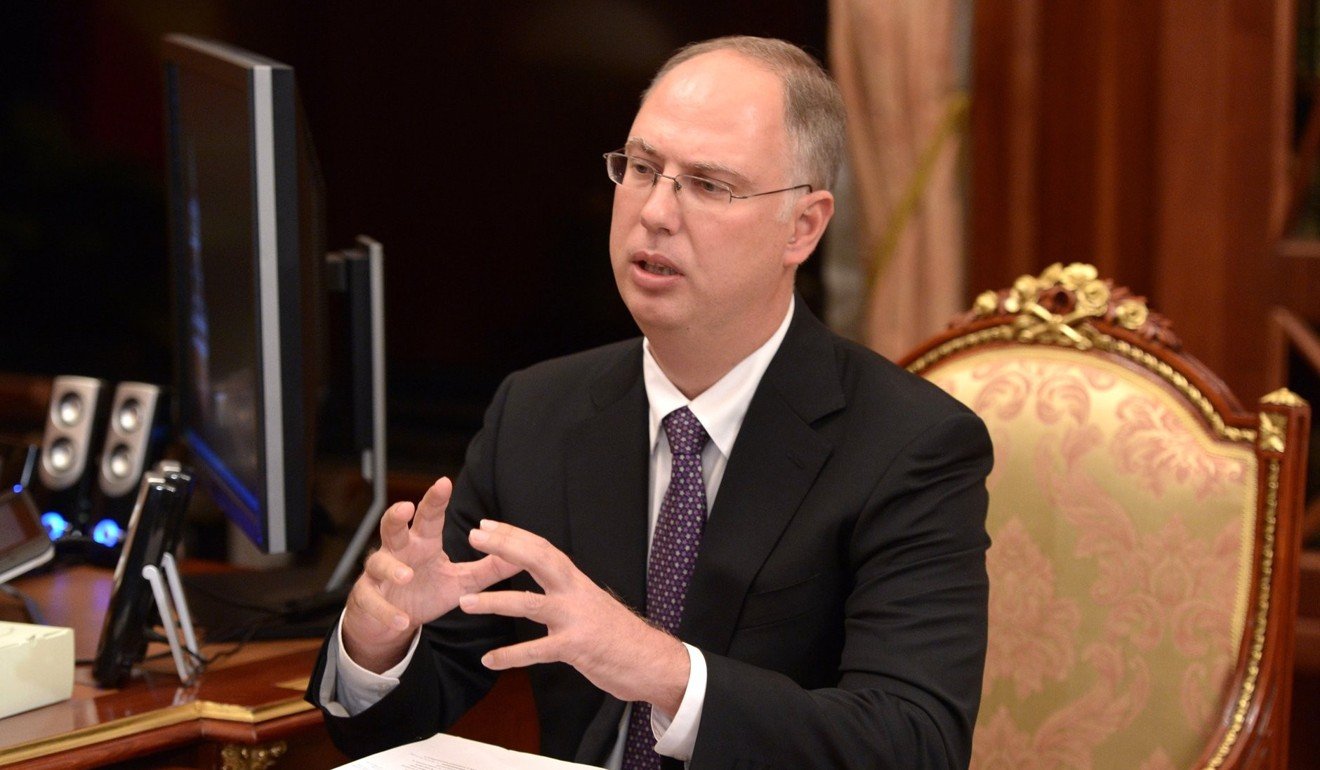
Moscow and Beijing’s joint investment fund to grow to US$2 billion, paving way for ‘dozens of deals’
The scope of the planned investments points to closer China-Russia ties, fund CEO Kirill Dmitriev told the South China Morning Post

A joint China-Russia investment fund with a capital base that is about to double to US$2 billion will invest in “dozens of deals” that signal deepening financial ties between Beijing and Moscow.
The Russia-China Investment Fund, jointly set up by sovereign wealth funds China Investment Corp and Russian Direct Investment Fund, has completed the paperwork for the capital increase, the fund’s chief executive, Kirill Dmitriev, told the South China Morning Post in Beijing.
Established in June 2012, the fund has become a channel for Russia, under the sanctions of Western countries, to secure funding support from deep-pocketed Beijing. Dmitriev, who holds an MBA with high distinction from Harvard Business School, is using the fund as a platform to spur Chinese investment in Russia.
The fund will partner with the China-Eurasian Economic Cooperation Fund that is backed by the Export and Import Bank of China. It will invest in Russian oil service firm Eurasia Drilling Co and United Transport Concession Holding to finance two roads in Moscow and a light rail transport grid in St. Petersburg, according to Dmitriev.

The joint fund already has invested more than US$1 billion in 19 projects, including Chinese taxi hailing service Didi Chuxing, a railway bridge on the China-Russian border and Russian retail chain Lenta.
“We will continue to invest 70 per cent in Russia and 30 per cent in China,” Dmitriev said.
The fund has “well managed” currency and commodities risks in Russia, he said.
The CEO called for more Chinese investment in the country.
Russia, as a major energy provider and a middle point of the China-Europe railway, is a key partner in China’s ambitious Belt and Road Initiative. The aim of the bold infrastructure and trade plan brought forward by President Xi Jinping is to expand the country’s economic influence over 60 countries in Asia, Africa and Europe.

Among more than 35 countries representing nearly 97 per cent of China’s outbound Belt and Road investment, Russia was ranked in January as second safest in regards to risk, according to the Chinese Academy of Social Sciences, a Beijing-based government think tank.
“We are in a very good macroeconomic situation in Russia,” Dmitriev said. He called Russia’s stability “predictable”, citing the country’s 2 per cent economic growth, 3 per cent inflation rate and stable commodities and oil prices this year.
Dmitriev has managed the US$10 billion Russian Direct Investment Fund (RDIF) since its launch in 2011 and co-chairs the Chinese-Russian Business Advisory Committee, an organisation that promotes bilateral investment.
More than 73 investment projects totalling US$100 billion were discussed between Chinese and Russian entrepreneurs during the third meeting of the Russian-Chinese business advisory committee in Beijing this year. About 20 projects valued at US$14 billion are being implemented, Dmitriev said.
Meanwhile, many investments from the world’s second-largest economy are invested in the yuan, as part of China’s push for a global use of its currency.
The RDIF has teamed up with the China Development Bank to run a yuan investment cooperation fund with an RMB target size equivalent to US$10 billion.